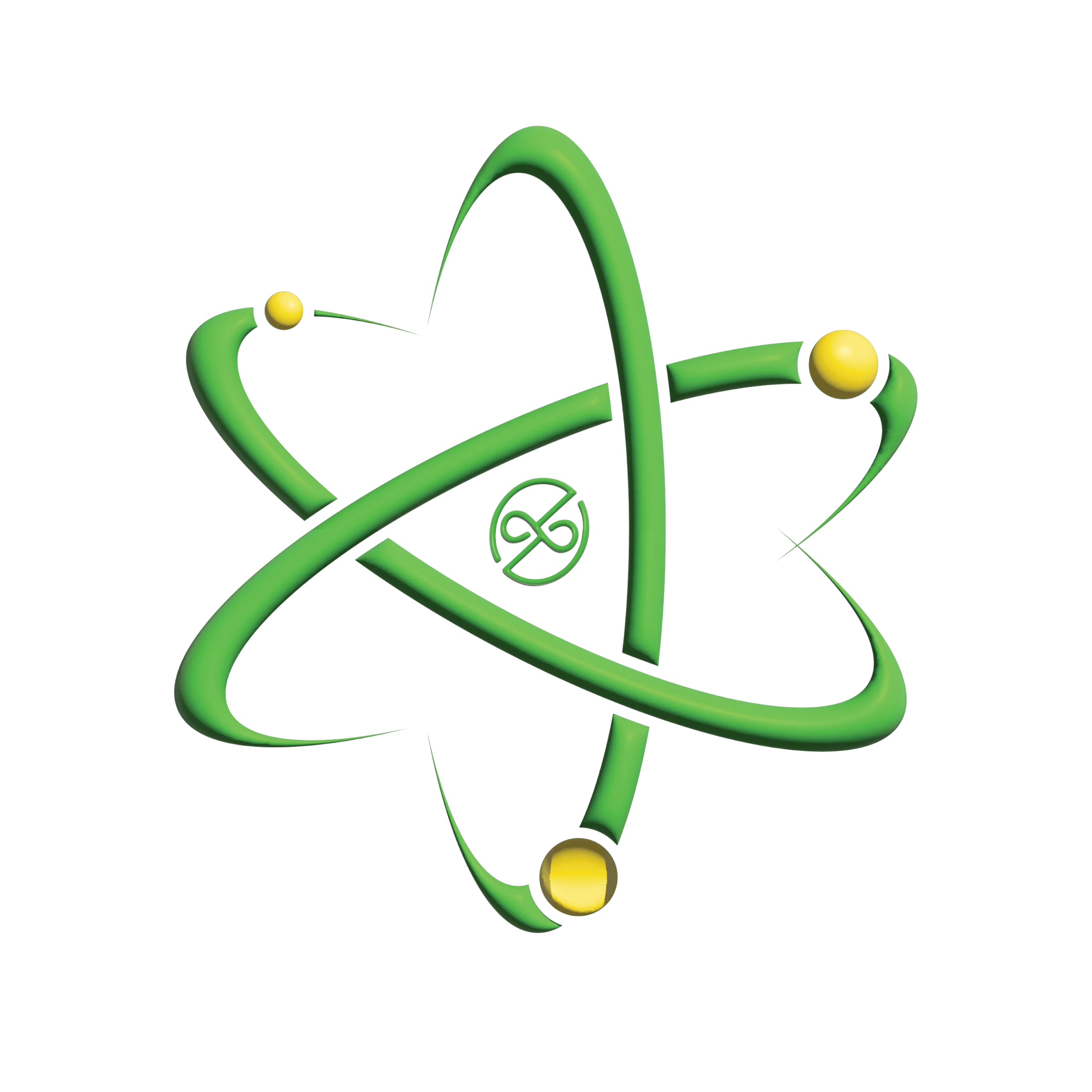The use of AI in culture raises interesting ethical reflections.
In 2016, a Rembrandt painting, “the Next Rembrandt”, was designed by a computer and created by a 3D printer, 351 years after the painter’s death.
To achieve such technological and artistic prowess, 346 Rembrandt paintings were analysed pixel by pixel and upscaled by deep learning algorithms to create a unique database. Every detail of Rembrandt’s artistic identity could then be captured and set the foundation for an algorithm capable of creating an unprecedented masterpiece. To bring the painting to life, a 3D printer recreated the texture of brushstrokes and layers of pain on the canvas for a breath-taking result that could trick any art expert.
But who can be designated as the author? The company which orchestrated the project, the engineers, the algorithm, or… Rembrandt himself?
In 2019, the Chinese technology company Huawei announced that an AI algorithm has been able to complete the last two movements of Symphony No.8, the unfinished composition that Franz Schubert started in 1822, 197 years before. So what happens when AI has the capacity to create works of art itself? If a human author is replaced by machines and algorithms, to what extent copyrights can be attributed at all? Can and should an algorithm be recognized as an author, and enjoy the same rights as an artist?
Work of art produced by AI requires a new definition of what it means to be an “author”, in order to do justice to the creative work of both the “original” author and the algorithms and technologies that produced the work of art itself.
Creativity, understood as the capacity to produce new and original content through imagination or invention, plays a central role in open, inclusive and pluralistic societies. For this reason, the impact of AI on human creativity deserves careful attention. While AI is a powerful tool for creation, it raises important questions about the future of art, the rights and remuneration of artists and the integrity of the creative value chain.
We need to develop new frameworks to differentiate piracy and plagiarism from originality and creativity, and to recognize the value of human creative work in our interactions with AI. These frameworks are needed to avoid the deliberate exploitation of the work and creativity of human beings, and to ensure adequate remuneration and recognition for artists, the integrity of the cultural value chain, and the cultural sector’s ability to provide decent jobs.
This is why UNESCO adopted the UNESCO Recommendation on the Ethics of Artificial Intelligence, the very first global standard-setting instrument on the subject.
